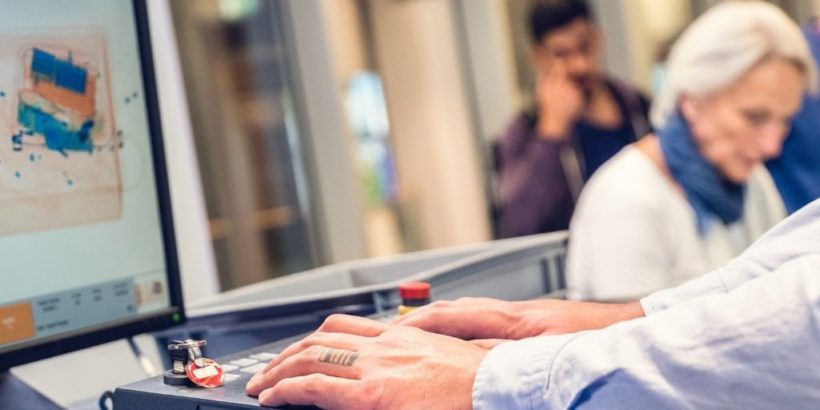Lots of travelers don’t quite realize the difference between Customs and TSA.
While you can successfully navigate through an airport without knowing the differences between Customs and TSA it really does help to understand how different these agencies are.
That’s because you’ll be better equipped to handle certain situations that may arise during your travels.
In this article, I’ll explain all of the key differences between Customs and TSA.
Is Customs the same as TSA?
No, Customs is different from TSA. While both are agencies of the United States Department of Homeland Security (DHS), they are tasked with very different duties to carry out related to travel and commerce.
Keep reading below to learn more about these two agencies and the key differences between them.
Tip: Use the free app WalletFlo to help you travel the world for free by finding the best travel credit cards and promotions!
What is Customs?
Customs is another name for United States Customs and Border Protection (CBP), which is the largest federal law enforcement agency of the United States Department of Homeland Security.
They are charged with “keeping terrorists and their weapons out of the U.S. while facilitating lawful international travel and trade.“
They have around 60,000 employees and an annual budget of about $16.3 billion.
Customs has basically been around since the formation of the country in the 1700s when it was known as the “United States Customs Service.”
But since then it has bounced around between different government departments.
After the Civil War, this service was incorporated under the United States Department of the Treasury and then later in the early 1900s it became part of the Department of Commerce and Labor.
That lasted for a few decades and then FDR moved Customs to the the Department of Justice in 1940.
It wasn’t until 2003 that Customs fell under the Department of Homeland Security and was given the current CBP name which came as part of a larger re-organization
Typically, you only interact with Customs when coming back in the country at an airport or when traveling near international borders.
CBP carries out duties related to both Immigration and Customs.
For example, when you first arrive at an airport you need to get through Immigration and then after that you will be going to Customs. Both settings will involve CBP officers.
Immigration is mostly concerned about who you are, where you were coming from, and what you are up to.
Meanwhile, Customs is more concerned about what you are bringing with you (i.e., the contents of your luggage).
They want to make sure you are not bringing in harmful plants, banned foods, illegal drugs, and they also want to keep a close eye on how much money you are bringing with you.
Another big role of Customs is to make sure that you are paying any duty you might be owing when you arrive to the country.
Some airports combine Customs and Immigration so that you visit them at the same time. Others have different types of custom experiences with some allowing you to avoid interacting with an officer altogether.
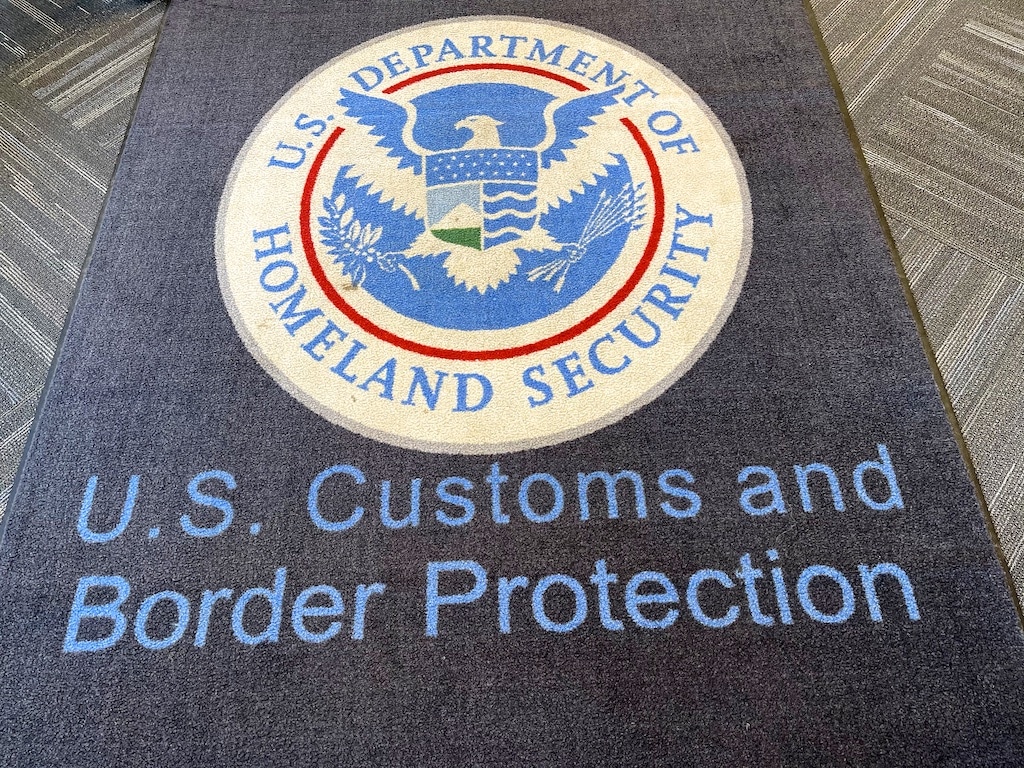
What is TSA?
The Transportation Security Administration (TSA) is an agency of the DHS with a mission to “protect the nation’s transportation systems to ensure freedom of movement for people and commerce.”
TSA was created as a response to the 9/11 attacks under the administration of President George W. Bush with the goal of improving airport security procedures and centralizing air travel security under one agency.
The agency also develops policies to help protect the U.S. highways, railroads, buses, mass transit systems, ports, and pipelines but the primary focus of TSA is definitely on air travel.
Initially an agency under the DOT, TSA was transferred to the DHS in 2003.
Not every airport utilizes TSA agents because they are allowed to privatize their security as long as they abide by TSA procedures. One of the most well-known airports that has private security is SFO in San Francisco, California.
TSA is roughly the same size as the CBP with around 54,000 employees. However, their budget is about half the size coming in at around $7.78 billion.
Most of the TSA employees are Transportation Security Officers (TSOs).
These are the officers that usher you through security checkpoints and check your baggage to make sure you do not have any prohibited items.
Worth noting, TSO’s do not carry weapons, are not allowed to use force, and they also lack the authority to arrest individuals.
There is a subset of TSA employees who do have the power to arrest and they are the Federal Air Marshal Service (FAMS).
Not only do they have the power to arrest, but they have specialized training to make them excellent marksmen and proficient at hand to hand combat in tight quarters — vital skills needed on a plane when things go south.
It’s estimated that there are about 3,000 to 4,000 Federal Air Marshals today, a number that has grown significantly since the attacks of 9/11 when they were only 33.
Air Marshals had been around since the Kennedy administration of the 1960s (in some form) but it was not until 2005 that they were transferred from U.S. Immigration & Customs Enforcement (ICE) to TSA.
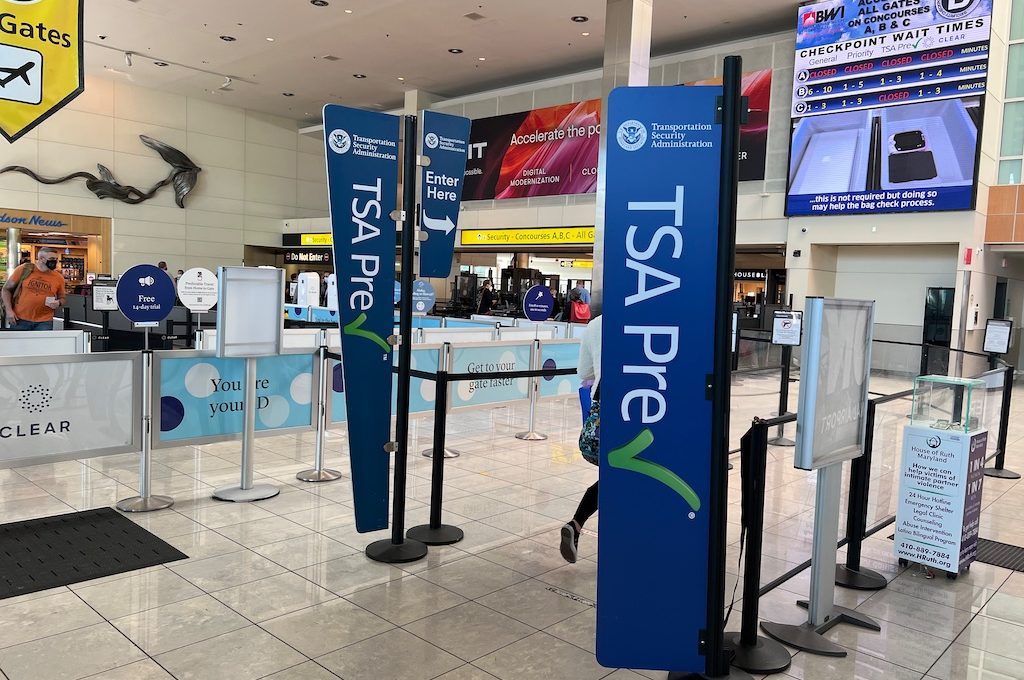
3 Key differences between Customs and TSA
Where you have encounters with them
In most cases, when you’re departing, one of your first interactions at an airport will be with TSA.
That is because they (usually) run the airport security checkpoints located in different airport terminals.
Usually, you will head directly to these checkpoints right after you check in or check your baggage.
You could also have an interaction with TSA when waiting in line to check in or when waiting to pick up your baggage at the baggage carousel.
In those instances, it will probably be with an agent patrolling with a bomb sniffing dog.
Customs and Immigration is usually encountered when you come back into the country.
You’ll usually go through Immigration before you head to baggage claim and then go through Customs after you retrieve your luggage.
It’s worth pointing out that some airports have pre-clearance which means that you take care of your Customs and Immigration visit while on foreign soil.
Pre-Check & Global Entry
Both TSA and Customs and Immigration have special programs that you can enroll in to make your experience with them more expedited and smoother.
TSA has TSA Pre-Check which is a program that costs $85 to join and allows approved passengers to go through a separate security screening process that is less demanding than the security screening open to the public.
There are quite a few benefits to the program that allow for more convenient travel through airports.
First, you often only have to pass through a traditional metal detector (as opposed to the invasive full-body scanners) and you also get to enjoy the following benefits:
- Shoes can stay on
- Belt can stay on
- Light jackets can stay on
- Laptops allowed to stay in bag
- Liquids (3-1-1 Rule) can stay in bag
Global Entry is a U.S. Customs and Border Protection service that allows pre-approved, low-risk travelers expedited entry at select airports when passing through immigration and customs checkpoints.
This can help you avoid those super long lines at immigration and save you a lot of time and frustration when arriving back into the US. It costs $100 to apply.
If you get approved for Global Entry then you automatically get enrolled in TSA Pre-Check so that is the route that I recommend most people to go.
That is especially true because many credit cards offer Global Entry credits so you can get enrolled in both of these programs for free as long as you can pass the background checks and interview.
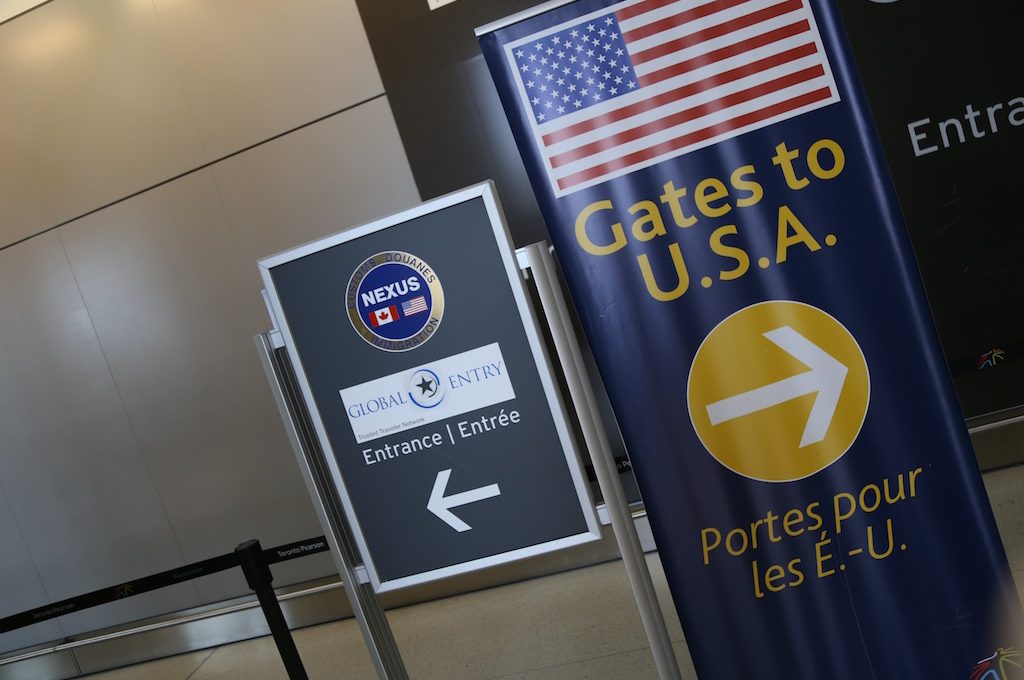
Search authority
Customs and Immigration has significantly more authority than TSA when searching and seizing.
For TSA, the TSOs are authorized to scan you and your belongings to try to detect dangerous items such as weapons and explosives.
Typically, they will put you through a metal detector or full body scanner and if something is triggered they will then ask to search you or for you to hand something over.
You could also be subject to SSSS, which is an enhanced screening method that can sometimes be issued to you randomly.
Worth noting, TSA is not there to find drugs in your luggage.
In fact, in many cases if they were to come across something like marijuana they may just throw it out or not bother with it at all.
If TSA were to find something that did not look right or that was illegal (and dangerous), they would likely contact law-enforcement to get them to come in and take care of the matter since they don’t have authority to arrest and do not carry weapons to subdue travelers.
Things are very different with CBP.
First of all, they do have authority to arrest you since they are federal law enforcement officers.
So if they found out that you had an outstanding arrest warrant, or they caught you bringing drugs back into the country, they could absolutely arrest you on the spot.
More importantly, because they work at international ports/borders or their equivalent, they have more authority granted to them by the government to search your belongings and seize them.
This could have profound consequences for your travels.
For example, did you know that a CBP agent could simply search your phone when you arrive back in the US even if they don’t have any suspicion that you have done anything wrong.
And not just that, even if you had a device that was password-protected, the officer could get you to input your password and detain the item if you choose to not provide the password.
That is a dramatic difference from TSA who would never have authority to inspect the digital contents of your phone.
Going through Customs and Immigration is sort of like the Wild West when it comes to your constitutional rights to avoid searches — there is no need for probable cause or reasonable suspicion.
There are lawsuits always popping up that are challenging the authority of customers to make certain types of searches so these things are always evolving on some level.
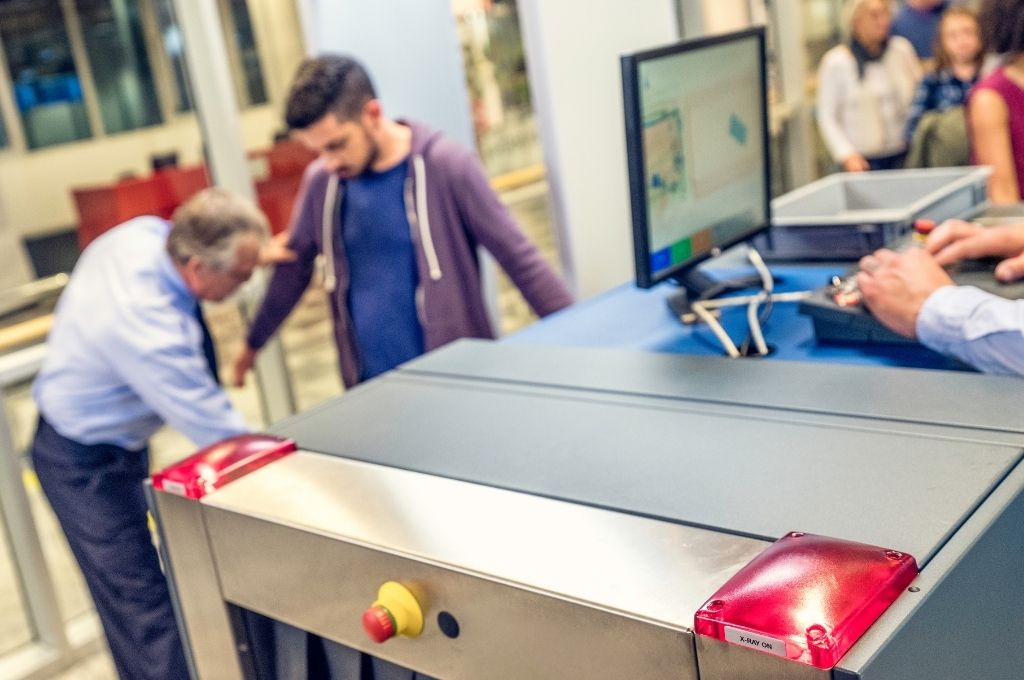
Final word
TSA and Customs are two very different agencies that carry out very different responsibilities.
TSA mostly wants to make sure that you are not bringing dangerous items or explosives on to a plane and the TSO officers ushering you through security do not have law-enforcement powers.
On the other hand, Customs and Immigration wants to make sure that you are entering the country legally and that anything you are bringing with you or taking out with you is legally permitted.
CBP officers also have full law-enforcement powers and even authority to go further than a typical law enforcement officer does when it comes to searches and seizures.
Daniel Gillaspia is the Founder of UponArriving.com and the credit card app, WalletFlo. He is a former attorney turned travel expert covering destinations along with TSA, airline, and hotel policies. Since 2014, his content has been featured in publications such as National Geographic, Smithsonian Magazine, and CNBC. Read my bio.

